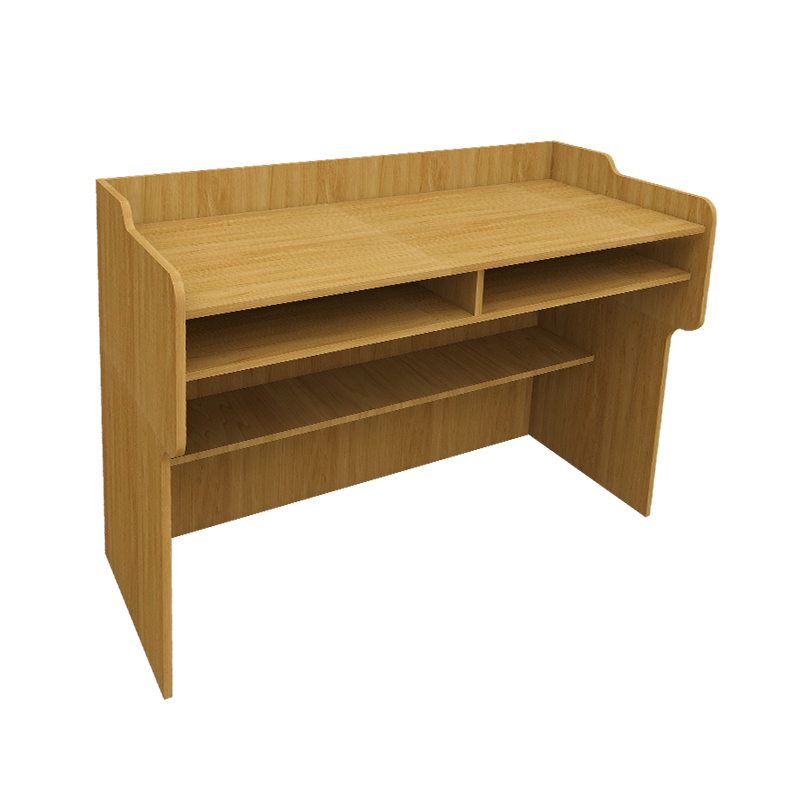Teaching and learning equipment are essential tools that support effective instruction and facilitate the process of learning in both traditional and modern educational environments. These tools can range from simple, low-tech materials to advanced, high-tech devices, depending on the needs of the learners and the teaching context.

At the core of teaching learning equipment are traditional items like whiteboards, blackboards, projectors, and textbooks, which have been in use for decades. These items remain essential for daily lessons and are reliable methods for presenting information, encouraging interaction, and reinforcing key concepts. For example, whiteboards provide teachers with a flexible tool to illustrate ideas, solve problems, and engage students through spontaneous discussions or problem-solving sessions.
In addition to these traditional items, technology has significantly reshaped the landscape of educational equipment. Tools like interactive smartboards, tablets, and online learning platforms are now commonplace. These modern tools allow for dynamic, multimedia-rich learning experiences, enabling teachers to integrate videos, simulations, and interactive exercises into their lessons. Digital tools, such as educational apps and virtual classrooms, also enable personalized learning, where students can progress at their own pace, receiving instant feedback and additional support where needed.
Teaching learning equipment spans a range of tools that enhance both teaching effectiveness and student engagement. By thoughtfully integrating both traditional and modern tools, educators can create an environment that promotes active participation, understanding, and retention of knowledge.
Educational laboratory supplies play a crucial role in hands-on learning and experimentation, offering students the opportunity to apply theoretical knowledge in a practical setting. These supplies are widely used in science education, where students can explore concepts in physics, chemistry, biology, and other scientific disciplines. A well-equipped laboratory fosters critical thinking, problem-solving, and an in-depth understanding of scientific principles through direct observation and experimentation.
Common laboratory supplies include beakers, test tubes, microscopes, Bunsen burners, petri dishes, and safety equipment like goggles and lab coats. These tools allow students to perform experiments, conduct research, and analyze results. For instance, in a biology lab, microscopes enable students to examine cellular structures, while in a chemistry lab, test tubes and beakers are used to conduct chemical reactions and measure substances.
In addition to the basic supplies, specialized tools like digital thermometers, pH meters, and oscilloscopes are also commonly found in educational labs, depending on the level of study and the subject matter. These advanced tools provide students with a more accurate and real-time understanding of scientific processes.
Furthermore, educational laboratories emphasize safety, with supplies such as aid kits, fire extinguishers, and emergency showers being mandatory to ensure a secure environment for students and instructors. Proper maintenance of laboratory supplies is also essential for ensuring the accuracy of experiments and the longevity of equipment.
Modern classroom equipment has transformed the traditional teaching and learning experience, incorporating technology to create a more interactive, flexible, and engaging environment. The integration of digital tools into classrooms has become indispensable, not only for enhancing student engagement but also for improving access to a broader range of learning resources.
One of the significant advancements in modern classroom equipment is the interactive whiteboard or smartboard. These devices replace traditional blackboards and provide a dynamic way to present lessons, share multimedia content, and engage students through touch-screen interactions. Smartboards can display videos, animations, and simulations that bring complex concepts to life and allow students to interact with lessons in real-time.
Tablets and laptops are another staple of modern classrooms. These devices allow for individual learning, enabling students to access digital textbooks, conduct online research, and participate in collaborative projects. Tablets, in particular, are lightweight and portable, allowing students to take their learning tools anywhere within the classroom or even beyond it. These devices also offer an array of educational apps and programs that cater to different learning styles, making it easier to address the needs of diverse learners.


 English
English русский
русский Español
Español عربى
عربى
